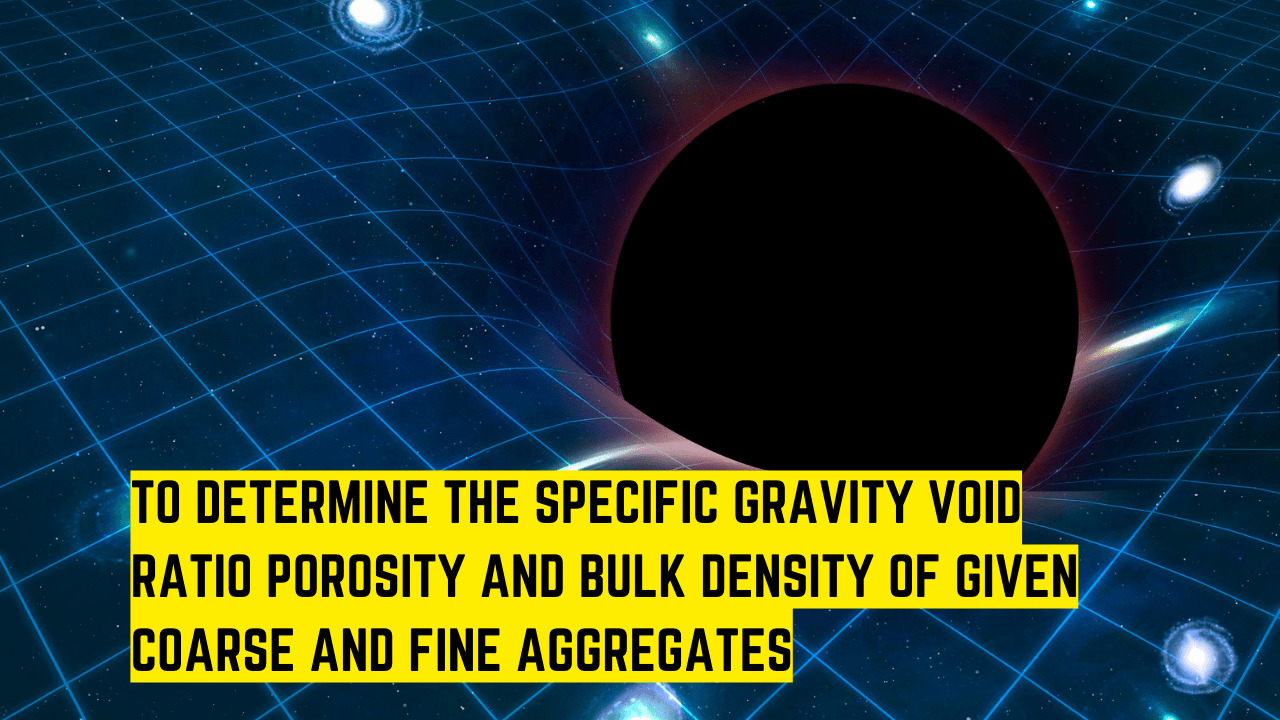Table of Contents
Objective:
The primary objective of this survey job is to determine the elevation of an inaccessible tower.
Apparatus:
- Theodolite
- Tripod stand
- Ranging rod
- Leveling staff
Least count of the instrument:
Least count of theodolite = 00°00’05’’
Least count of leveling staff = 5 mm or 0.005 m
Related theory:
Determination of elevation of an inaccessible object by theodolite:
When it becomes impossible to measure the horizontal distance between the instrument station and the base of the object, then this method is used to determine the elevation of the object.
There may be two cases:
- Instrument axis at the same level
- Instrument axis at the different level
CASE Ⅰ: Instrument axis at the same level

A, B = Instrument station
h = Elevation of the top of the object from the instrument axis
b = Horizontal distance from point A to point B
α1 = Elevation angle from A to P
α2 = Elevation angle from B to P
From Δ PA’P’
tan α1 = h / D
h = D tan α1 …. (1)
From Δ PB’P’
tan α2 = h / (b + D)
h = (b + D) tan α2 …. (2)
Equating (1) & (2):
D tan α1 = (b + D) tan α2
D tan α1 = b tan α2 + D tan α2
b tan α2 = D tan α1 − D tan α2
b tan α2 = D (tan α1 − tan α2)
D = b tan α2 / (tan α1 − tan α2) …. (3)
By substitute the value of ‘D’ from equation (3) into equation (1), we get:
h = (b tan α1 tan α2) / (tan α1 − tan α2)
Elevation of P = Reduce level of benchmark + Reduce level of B + h
CASE Ⅱ: Instrument axis at the different level
In the field, it is hard to keep the height of the instrument at the same level. The instrument is set at the different stations and the height of the instrument axis in both the cases is taken by back sighting the benchmark.
There are main scenarios in this case:
- The height of the instrument axis nearer to the object is lower
- The height of the instrument axis nearer to the object is higher
Scenario A: The height of the instrument axis nearer to the object is lower
From Δ PA’P’
tan α1 = h1 / D
h1 = D tan α1 …. (1)
From Δ PB’P”
tan α2 = h2 / (b + D)
h2 = (b + D) tan α2 …. (2)
Now:
hd = h1 – h2
hd = (D tan α1) – [(b + D) tan α2]
hd = (D tan α1) – b tan α2 – D tan α2
hd = D (tan α1 – tan α2) – b tan α2
hd + b tan α2 = D (tan α1 – tan α2)
D = (hd + b tan α2) / (tan α1 – tan α2) …. (3)
Substituting the value of ‘D’ from (3) into equation (1), we get:
h1 = [(hd + b tan α2) tan α1] / (tan α1 – tan α2)
Scenario B: The height of the instrument axis nearer to the object is higher
From Δ PA’P’
tan α1 = h1 / D
h1 = D tan α1 …. (1)
From Δ PB’P”
tan α2 = h2 / (b + D)
h2 = (b + D) tan α2 …. (2)
Now:
hd = h1 – h2
hd = [(b + D) tan α2] – (D tan α1)
hd = b tan α2 + D tan α2 – (D tan α1)
hd = D (tan α2 – tan α1) – b tan α2
hd + b tan α2 = D (tan α2 – tan α1)
D = (hd + b tan α2) / (tan α2 – tan α1) …. (3)
Substituting the value of ‘D’ in equation (1):
h1 = [(hd + b tan α2) tan α1] / (tan α2 – tan α1)
Procedure:
- Setup the theodolite at station A and perform all initial adjustments and leveling.
- Bring the vertical angle reading at zero.
- Sight the top of the object and read the vertical angle α1.
- Now, take the theodolite at station B and perform centering and leveling.
- Again, bring the vertical angle reading at zero and this time sight the top of the object and read the vertical angle α2.
Observations & Calculations:
| Instrument Station | Sighting point | Face | Vernier A | Average | Remarks |
| A | P | Left | α1 = | ||
| Right | |||||
| B | P | Left | α2 = | ||
| Right |
b = Horizontal distance from point A to point B
α1 = Elevation angle from A to P
α2 = Elevation angle from B to P
CASE Ⅰ: Instrument axis at the same level
h = (b tan α1 tan α2) / (tan α1 − tan α2)
Reduce level of P = Reduce level of benchmark + Reduce level of B + h
CASE Ⅱ: Instrument axis at the different level
1)Height of the instrument axis nearer to the object is lower
h1 = [(hd + b tan α2) tan α1] / (tan α1 – tan α2)
2)The height of the instrument axis nearer to the object is higher
h1 = [(hd + b tan α2) tan α1] / (tan α2 – tan α1)
Results & Calculations:
The elevation of an inaccessible object (tower) has been successfully determined and comes out to be = meters
Precautions:
- In centering and leveling, make sure that the tribrach is made as horizontally as possible.
- The theodolite should be touched as little as possible to avoid disruption of the setup.
- All instruments used to carry out the survey must be handled carefully.
- To avoid direct exposure to sunlight and rain, an umbrella should be used.
- Level and center the instrument carefully over the station
- Establish theodolite station points on firm ground.
- Keep ranging rods exactly vertical by holding them with both hands.
- The bottom of the leveling staff should be kept clean and leveled surface.







